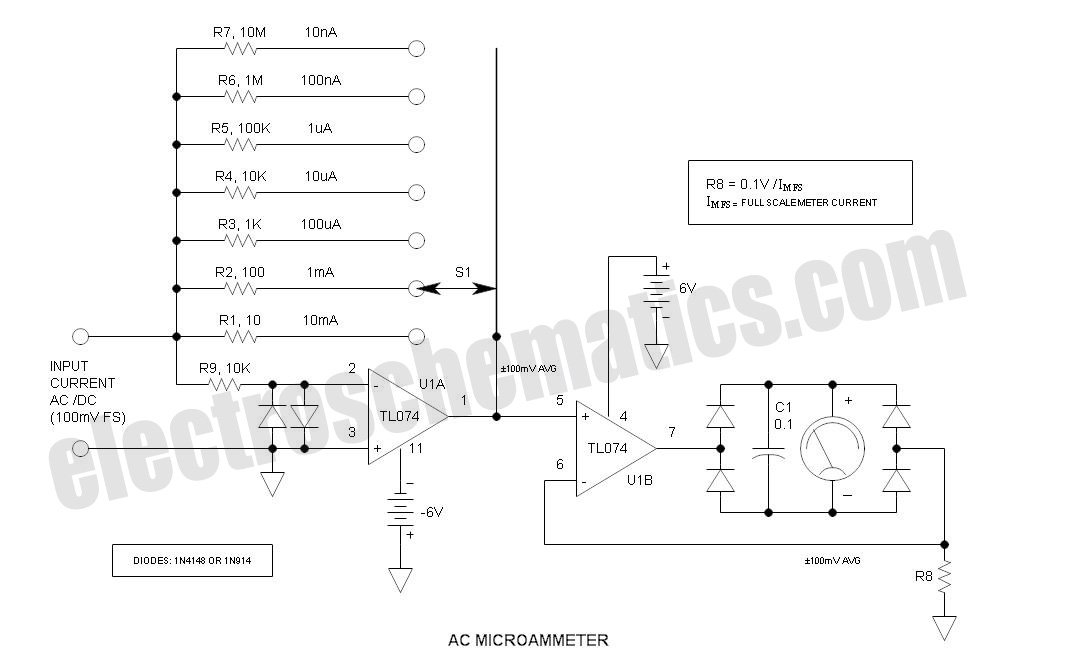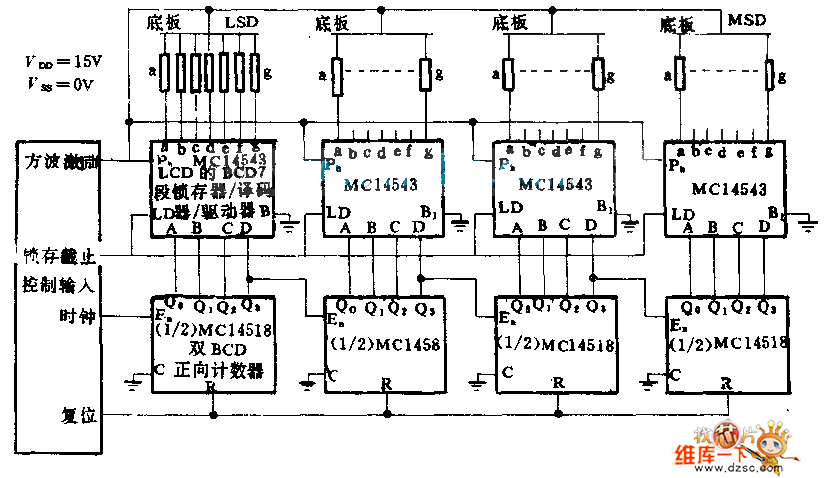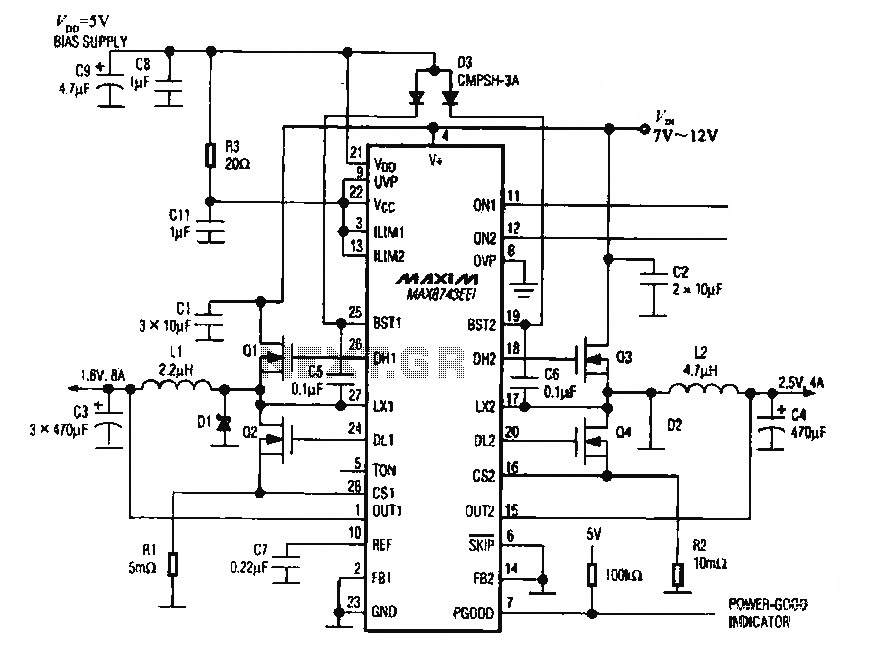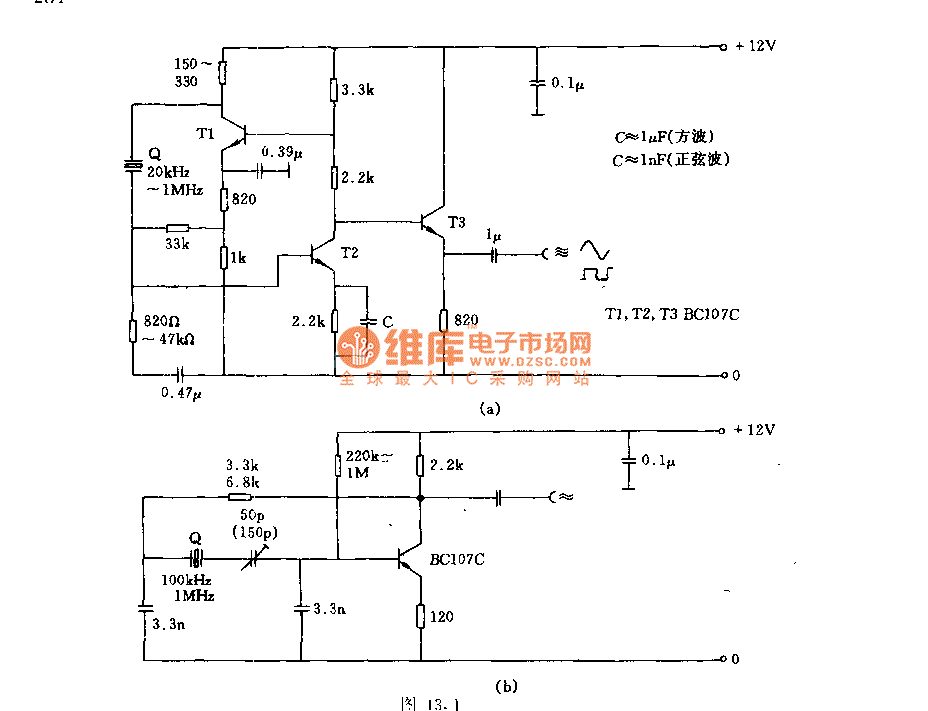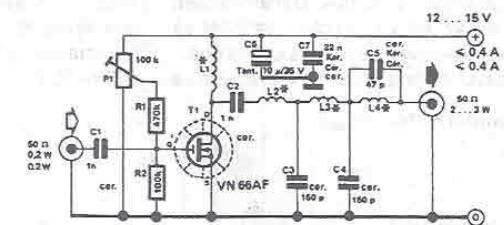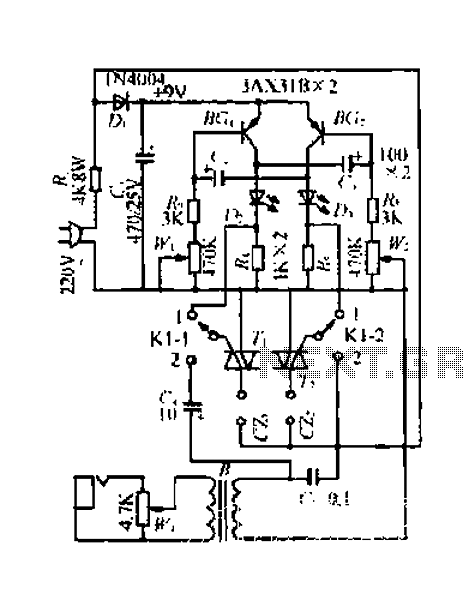
Super Reverb circuit
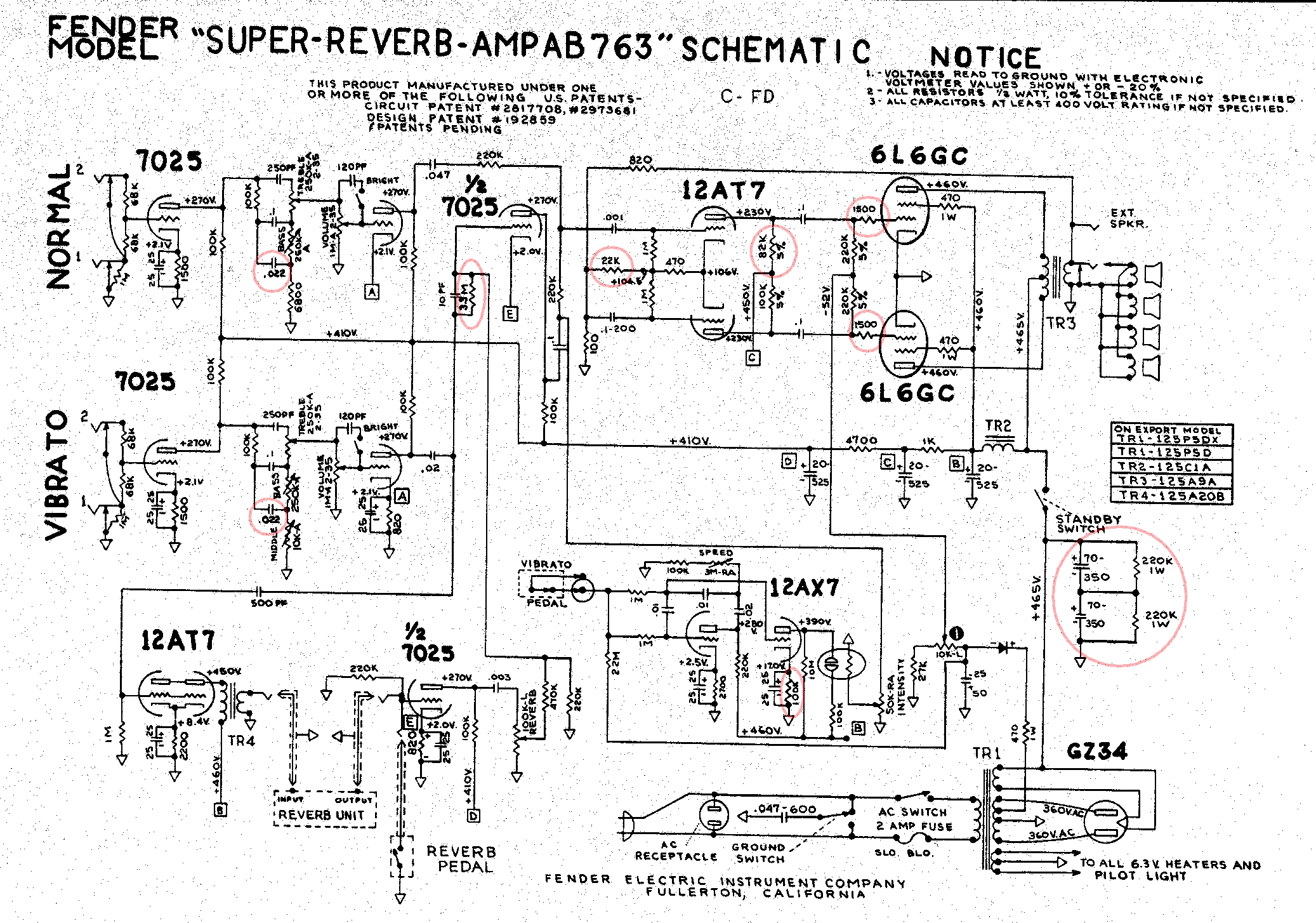
The AB763 Super Reverb is a highly regarded Fender amplifier known for its rich tone, durability, and the classic sound derived from the traditional blackface AB763 design. This design was also utilized in some silverface amplifiers produced between 1967 and 1969. The later silverface circuits underwent modifications by CBS, resulting in a cleaner, harder, and thinner sound, especially when compared to amplifiers set at the same volume and equalization settings. For those seeking sparkling clean tones, a silverface can perform similarly to a blackface amp. However, blackface models tend to exhibit more growl and a distorted tone when cranked. The Super Reverb is heavy, featuring four 10-inch speakers and substantial iron transformers, which can make transportation challenging. Its considerable size contributes to a loud and bass-heavy output, especially with the appropriate speaker configuration. The four 10-inch speaker setup produces a directional tone with pronounced treble and limited sound dispersion, leading to a scooped midrange. Many players mistakenly increase the volume to address the perceived lack of midrange, resulting in an even bassier and sharper treble sound. Playing the Super Reverb is not without its challenges, but there are occasions, such as outdoor gigs or large stages, where the amplifier can be pushed beyond a volume of 4 to unlock its full potential. These moments are often remembered as some of the most enjoyable musical experiences. The interaction between the guitarist and the amplifier can be deeply felt, particularly through pick attack and adjusting the guitar's volume for rhythm and solo transitions. A transparent boost pedal can enhance the tone further, allowing for sustain and harmonic richness reminiscent of iconic players like David Gilmour. However, achieving a desirable tone from a Super Reverb requires experience and knowledge. Many musicians have spent years experimenting with speakers, guitars, and pickups to mitigate the amplifier's characteristic sharpness. Maintenance and modification tips can help the amp break up earlier, reaching its sweet spot at lower volumes. Tube modifications, such as removing the V1 tube and replacing it with a 12AX7 phase inverter, can significantly improve performance. If the speakers are overly loud for a given setting, disconnecting two of them can be done quickly. Implementing a tremolo disconnect mod can transform a loud Super Reverb into a more manageable tone machine with a warmer and fuller sound at practice volumes. Schematic diagrams are essential for implementing these modifications. The amp was originally sold with various speaker options. The first AA763 models from 1964-1965 featured Jensen C10R speakers, followed by CTS ceramics and alnico speakers, as well as Oxford 10L6 in the blackface AB763 amps. In the silverface models, Fender continued using Oxford and CTS speakers while also incorporating Utah, Rola, and Eminence speakers. This variation in speaker types is a significant factor in the differing sounds of two Super Reverbs. Super Reverbs equipped with Jensen and CTS speakers are considered valuable by collectors and musicians alike, as these speakers perform exceptionally well without necessitating upgrades to modern, efficient speakers. CTS alnico speakers are also popular, despite their lower efficiency. Over time, the strength of alnico magnets diminishes, requiring players to increase the volume considerably, often resulting in settings of 6 or 7 on the volume knob. With ceramic speakers, the output can be overwhelmingly loud, while vintage alnico speakers tend to provide more breakup from the amplifier.
The AB763 Super Reverb amplifier circuit is characterized by its classic tube design, utilizing a combination of vacuum tubes to achieve its distinctive tonal qualities. The amplifier's preamp section typically employs 12AX7 tubes, which are known for their high gain and ability to produce rich harmonic content. The power section is powered by a pair of 6L6GC tubes, providing substantial output power and headroom. The output transformer plays a crucial role in converting the high-voltage signal from the power tubes into a lower voltage suitable for the speakers, while also influencing the tonal characteristics of the amplifier.
The tone stack of the AB763 Super Reverb consists of treble, middle, and bass controls, allowing for a wide range of tonal shaping. The interaction between these controls can significantly impact the overall sound, particularly in conjunction with the amplifier's reverb and vibrato effects. The reverb circuit is typically based on a spring reverb tank, which adds depth and ambiance to the sound. The vibrato circuit, on the other hand, modulates the pitch of the signal, creating a lush, swirling effect that enhances the amplifier's versatility.
To implement modifications, a thorough understanding of the schematic is essential. Each component, including resistors, capacitors, and potentiometers, must be identified and understood in terms of its role within the circuit. For instance, altering the values of certain resistors can affect the gain structure of the amplifier, while changing capacitors in the tone stack can influence frequency response. The physical layout of the components within the chassis is also critical, as it can affect the amplifier's performance and reliability.
In conclusion, the AB763 Super Reverb is a complex and capable amplifier that requires careful consideration and understanding to fully harness its potential. With the right modifications and maintenance, it can deliver exceptional tone and performance, making it a favorite among guitarists seeking vintage sound and character.The AB763 Super Reverb is a very popularFender ampdue to the huge tone, robustness and the pure tone from the traditional blackface AB763 amp design. The AB763 design is alsoto be foundin some silverface amps between 1967 and 1969. The later silverface circuits were changed further by CBS to become cleaner, harder and thinner sounding, specially i
f one compares amps at the same volume and EQ setting. If you`re into sparkling clean tones, a silverface can do the job just as well as a blackface amp. The blackfaces have more growl and a distorted, cranked tone. It is heavy to carry with the 4G—10 ³ speakers and massive iron transformers. The heightalso makes it difficult to carry, making you sweat whenhauling it between gigs. It`s a big sounding amp with a potential for being very loud and bassygiven the right (wrong)speakers. The nature of the 4G—10 ³ speaker configuration isa directionaltone with screaming treble right forwards and backwardsandunfortunately little spread.
A lot of deep bass isproducedby the bigt cabinet while the important mids arefairly low, a scoopedtone. Many playersare stupid and increase the volume to compensate for the lack of spreadand mids. This will introduce evenmore bass and sharp treble. Playing the Super Reverb is not supposed to be easy Despite all thedifficultnesswith this amp there will occasionally be gigs, perhaps outdoors or at a big stage, where the amp won`t hurt anyone in a radius of 3 meters.
You areallowed to turn the volumebeoynd 4 where the amp comes alive. We remember theseoccasions as our happiestmusical moments. The notes bounce offour strings and we aremusically and physically connected withthe amp just using the pick attack and guitar volume to roll back and switch between rythm and solo. Perhaps a transparent boost pedal to takeus into David Gilmour land with sustain, harmonics and a creamy tone.
You can physically feel the dynamic response fromone of thebest vintage Fender amps of them all. But only ifyou know howto tame this beast. Many have spent years chasing speakers, guitars and pickups to avoid the typical trebly and sharp Fender character. Itrequires some experienceto get a fabolous tone from a Super Reverb. Most of the maintenance and mod tipsbelow will makethe ampbreak up earlier, reaching thesweet spot at a lower volume.
Tube mods (pulling V1 out and a 12ax7 PI) will take you a long way. Next, if your speakers are efficient and tooloud for the occasion, then why not disconnect two of them in just 5 seconds If youalsoinvested inimplementing the tremolo disconnect mod, you may turn an ear-bleeding Super Reverb into a tone machine with a fatter, warmer and fuller tone at practise volumes. You`ll need schematics to implement some of these mods. . We usually start with explaining a mod from a functional perspectivewhere werelate tocomponents inthe logical schematics diagram.
Finally we point out location of components in thephysicallayout diagram. Fendersold these amps with several speakers. The first AA763 models in 1964-65 had Jensen C10r. Then there wereCTS ceramics and alnicos as well asOxford 10L6 in the blackface AB763 amps. In thesilverface amps Fendercontinued withOxford andCTS but also used Utah, Rola and Eminence. This is one important reason whytwoSuper Reverbscan sound very different. In our opinion the Super Reverbs with Jensen and CTS arevaluable as bothcollectors and players` amps today. These speakers perform very well and one does not need to upgrade to modern, efficient speakers like for many other vintage speakers.
The CTS alnicosare also verypopularspeakers even if they are little efficient. During the years the Alnicomagnets get weaker too. The CTS Alnicorequire you to increase the volume a lot and you`ll see players thatdial intheir amps at6 or 7 on the volume knob. With ceramicspeakersthis is enormously loud. With vintageAlnico speakers you will get morebreakup from the amp due to their 🔗 External reference
The AB763 Super Reverb amplifier circuit is characterized by its classic tube design, utilizing a combination of vacuum tubes to achieve its distinctive tonal qualities. The amplifier's preamp section typically employs 12AX7 tubes, which are known for their high gain and ability to produce rich harmonic content. The power section is powered by a pair of 6L6GC tubes, providing substantial output power and headroom. The output transformer plays a crucial role in converting the high-voltage signal from the power tubes into a lower voltage suitable for the speakers, while also influencing the tonal characteristics of the amplifier.
The tone stack of the AB763 Super Reverb consists of treble, middle, and bass controls, allowing for a wide range of tonal shaping. The interaction between these controls can significantly impact the overall sound, particularly in conjunction with the amplifier's reverb and vibrato effects. The reverb circuit is typically based on a spring reverb tank, which adds depth and ambiance to the sound. The vibrato circuit, on the other hand, modulates the pitch of the signal, creating a lush, swirling effect that enhances the amplifier's versatility.
To implement modifications, a thorough understanding of the schematic is essential. Each component, including resistors, capacitors, and potentiometers, must be identified and understood in terms of its role within the circuit. For instance, altering the values of certain resistors can affect the gain structure of the amplifier, while changing capacitors in the tone stack can influence frequency response. The physical layout of the components within the chassis is also critical, as it can affect the amplifier's performance and reliability.
In conclusion, the AB763 Super Reverb is a complex and capable amplifier that requires careful consideration and understanding to fully harness its potential. With the right modifications and maintenance, it can deliver exceptional tone and performance, making it a favorite among guitarists seeking vintage sound and character.The AB763 Super Reverb is a very popularFender ampdue to the huge tone, robustness and the pure tone from the traditional blackface AB763 amp design. The AB763 design is alsoto be foundin some silverface amps between 1967 and 1969. The later silverface circuits were changed further by CBS to become cleaner, harder and thinner sounding, specially i
f one compares amps at the same volume and EQ setting. If you`re into sparkling clean tones, a silverface can do the job just as well as a blackface amp. The blackfaces have more growl and a distorted, cranked tone. It is heavy to carry with the 4G—10 ³ speakers and massive iron transformers. The heightalso makes it difficult to carry, making you sweat whenhauling it between gigs. It`s a big sounding amp with a potential for being very loud and bassygiven the right (wrong)speakers. The nature of the 4G—10 ³ speaker configuration isa directionaltone with screaming treble right forwards and backwardsandunfortunately little spread.
A lot of deep bass isproducedby the bigt cabinet while the important mids arefairly low, a scoopedtone. Many playersare stupid and increase the volume to compensate for the lack of spreadand mids. This will introduce evenmore bass and sharp treble. Playing the Super Reverb is not supposed to be easy Despite all thedifficultnesswith this amp there will occasionally be gigs, perhaps outdoors or at a big stage, where the amp won`t hurt anyone in a radius of 3 meters.
You areallowed to turn the volumebeoynd 4 where the amp comes alive. We remember theseoccasions as our happiestmusical moments. The notes bounce offour strings and we aremusically and physically connected withthe amp just using the pick attack and guitar volume to roll back and switch between rythm and solo. Perhaps a transparent boost pedal to takeus into David Gilmour land with sustain, harmonics and a creamy tone.
You can physically feel the dynamic response fromone of thebest vintage Fender amps of them all. But only ifyou know howto tame this beast. Many have spent years chasing speakers, guitars and pickups to avoid the typical trebly and sharp Fender character. Itrequires some experienceto get a fabolous tone from a Super Reverb. Most of the maintenance and mod tipsbelow will makethe ampbreak up earlier, reaching thesweet spot at a lower volume.
Tube mods (pulling V1 out and a 12ax7 PI) will take you a long way. Next, if your speakers are efficient and tooloud for the occasion, then why not disconnect two of them in just 5 seconds If youalsoinvested inimplementing the tremolo disconnect mod, you may turn an ear-bleeding Super Reverb into a tone machine with a fatter, warmer and fuller tone at practise volumes. You`ll need schematics to implement some of these mods. . We usually start with explaining a mod from a functional perspectivewhere werelate tocomponents inthe logical schematics diagram.
Finally we point out location of components in thephysicallayout diagram. Fendersold these amps with several speakers. The first AA763 models in 1964-65 had Jensen C10r. Then there wereCTS ceramics and alnicos as well asOxford 10L6 in the blackface AB763 amps. In thesilverface amps Fendercontinued withOxford andCTS but also used Utah, Rola and Eminence. This is one important reason whytwoSuper Reverbscan sound very different. In our opinion the Super Reverbs with Jensen and CTS arevaluable as bothcollectors and players` amps today. These speakers perform very well and one does not need to upgrade to modern, efficient speakers like for many other vintage speakers.
The CTS alnicosare also verypopularspeakers even if they are little efficient. During the years the Alnicomagnets get weaker too. The CTS Alnicorequire you to increase the volume a lot and you`ll see players thatdial intheir amps at6 or 7 on the volume knob. With ceramicspeakersthis is enormously loud. With vintageAlnico speakers you will get morebreakup from the amp due to their 🔗 External reference
